Make an album the Tunng way
Seven tips you probably shouldn't follow
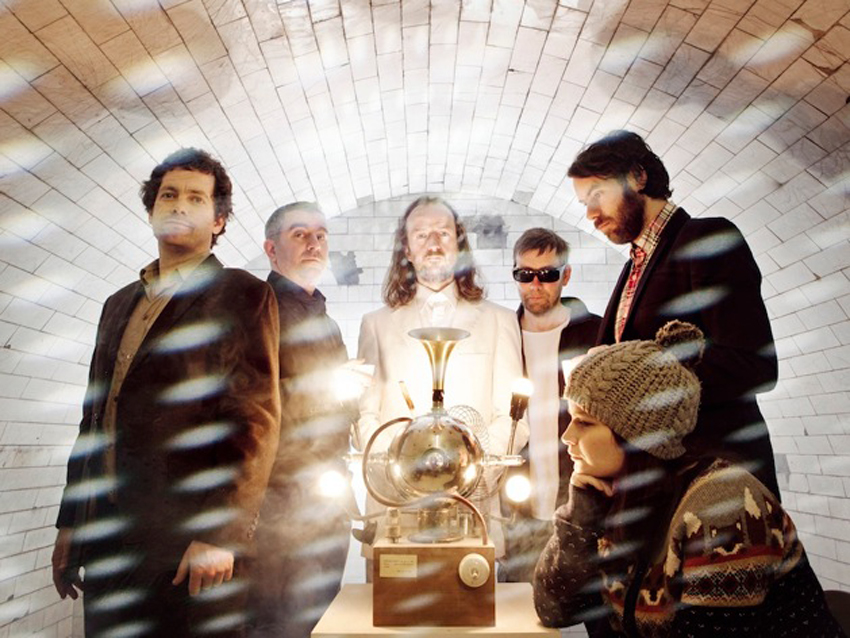
How to make an album the Tunng way
There are three important things that you should know about UK folktronica wizards, Tunng.
Number one: they've yet to release an album that hasn't been acclaimed by everyone from blogs to broadsheets.
Number two: the six-piece have an approach to making music that is about as unique as a hand-crafted nose-flute, which is coincidentally exactly the kind of instrument they'll dig up.
Number three: for new album, Turbines, Tunng wound up constructing a band-wide fantasy about an imagined village and the activities of it's inhabitants. As you do.
We spoke to Mike about the band's recording process and found a world of DIY instruments, manipulated bird song and wilful experimentation...
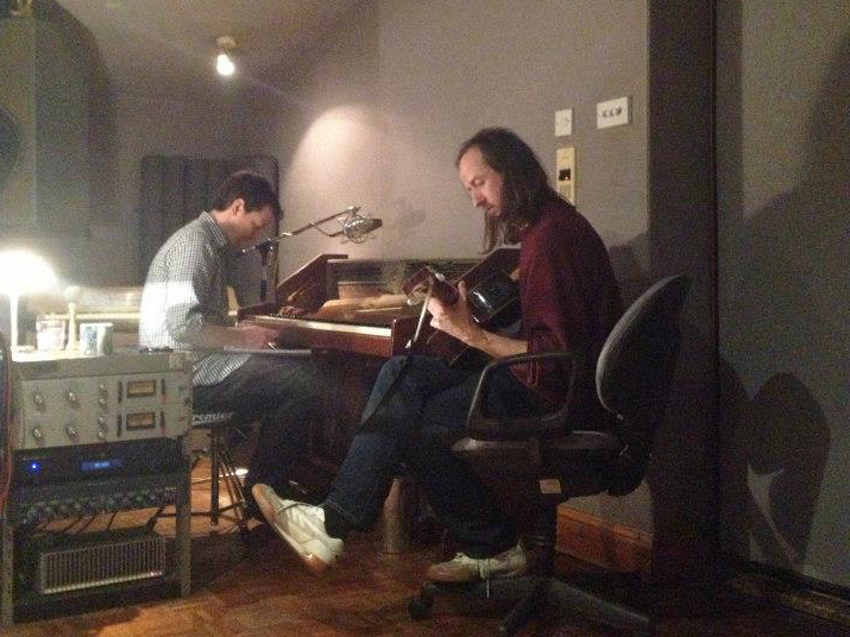
Live together, play together
"Previously, I'd be in the studio and get people in one at a time. That couldn't happen this time [as Mike moved to Iceland in 2011], so we did all have to live together [predominantly at Conversion Studios, Dorset].
"It brought a lot of different opinions and some heated debates. You know: it's six in the morning and there's a drunken debate about one 'sound': 'We CANNOT use that sound!' 'But it's amazing!' So there were a lot of cooks on this album, but everyone in the band feels like they have an equal voice."
Tunng - The Village
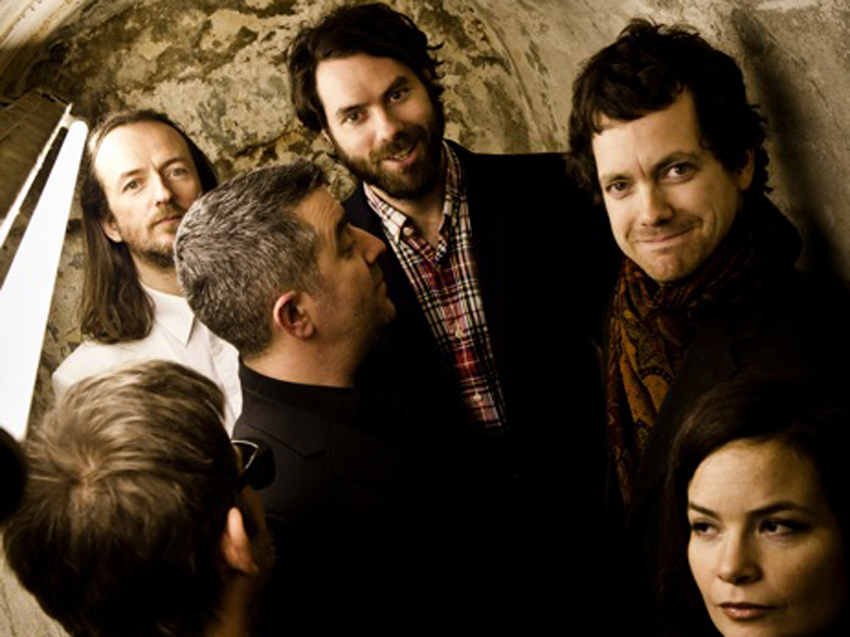
Go concept
"The village was a bit of joke first of all… It started because we were hanging out in Ashley's [Bates, electric guitar] little village in Somerset for a few days before we went to Dorset.
"The chorus went 'Welcome to our… Smug village'. It was very funny at the time. Ashley hated it. Eventually we started writing these words around other ideas that used 'village' as more of a concept. It could be a party, or a country, or a shared state of mind and how you deal with that as an outsider, or you're observing it."
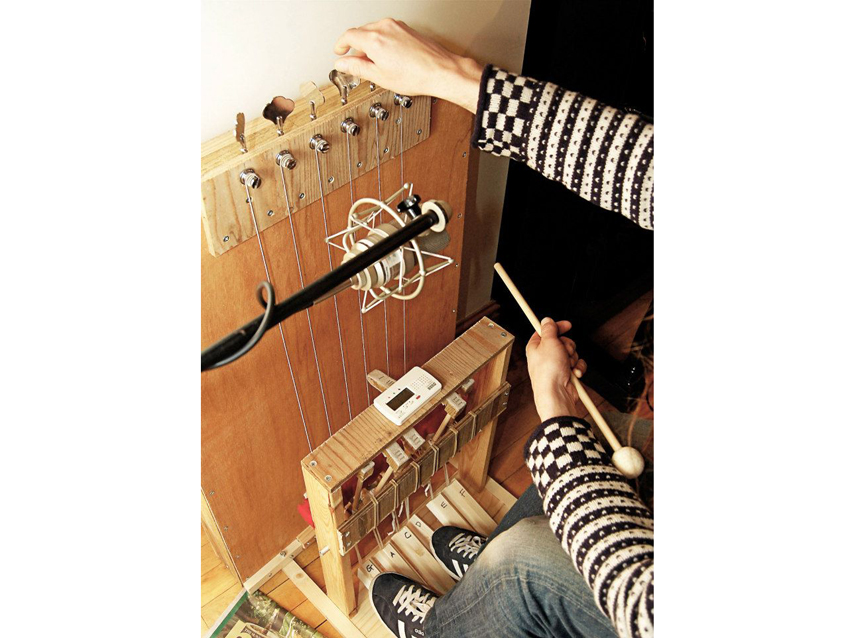
Build your own instruments
"On So Far From Here there's this brilliant instrument that Ashley made, the 'Foot Dillar'. He made it out of his shed with these foot pedals and bits of string.
He'd seen some footage of this 50s blues guitarist [Jesse 'The Lone Cat' Fuller] who'd invented it so he could play guitar and bass and sing.
"He got inspired and then broke his garden shed. It's got six bass guitar strings and big tuning pegs up the top, and then these foot pedals that strike the strings. You have to tune the strings, because you've only got six options, and it's just so rawly made. It's like, 'Bwdadndndndn!'"
Tunng - So Far From Here
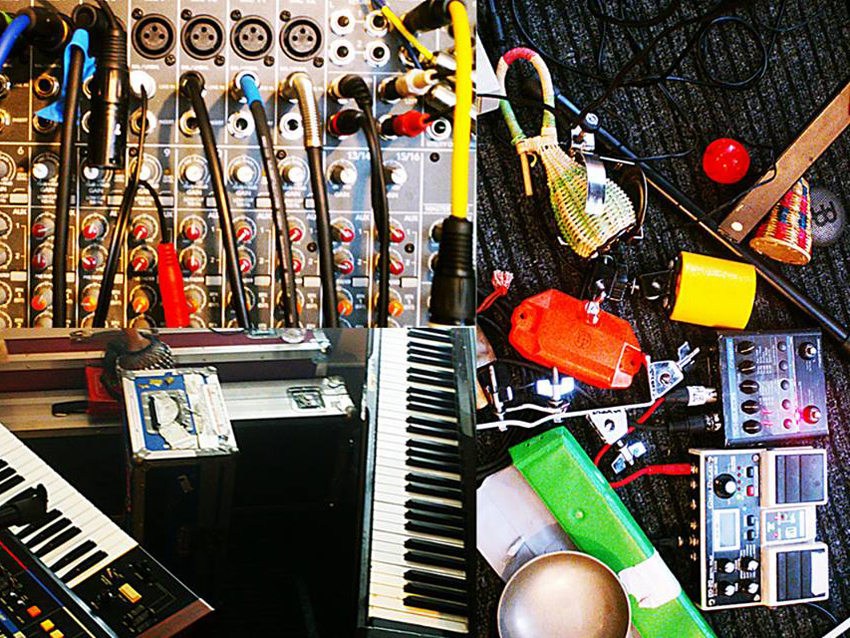
Pay attention to (weird) details
"There's quite a lot that probably goes unnoticed [on Turbines], compared to other records we've done… For instance, there's the sound of a jaybird spun backwards on Follow Follow.
"We used to have a sound of a walrus waking up in there! There's also lots of nice touches of Martin playing percussion sat in the courtyard in Dorset, with one microphone quite far away from him, so you can hear the wind. Then very, very masked in the back of By This is this kind of banjo with an E-Bow on it, which kind of sounds a bit like a saw."
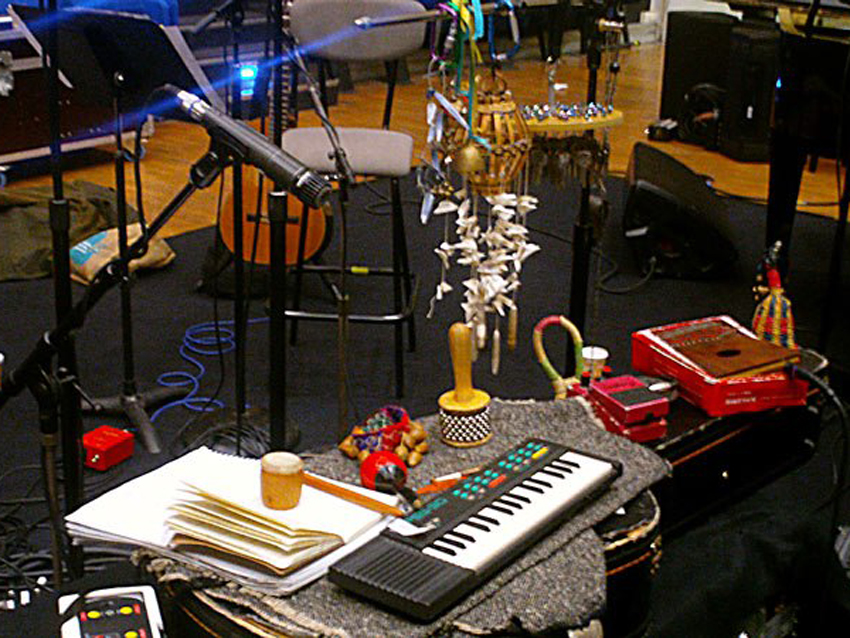
Learn how to properly blend the electric and organic
"On some of the earlier albums, I used to use the little glitches and all of the little chop-ups to sound like people rustling leaves and sticks and then mix that with the sea shells and the shakers.
"When you blend those two together you can't distinguish between what's recorded and what's manipulated from electronic sound and I like that a lot. Then I think picked acoustic guitar just fits in so perfectly with that stuff. It kind of lies on a bed of atmosphere. This record, there's less of that - but it is in there."
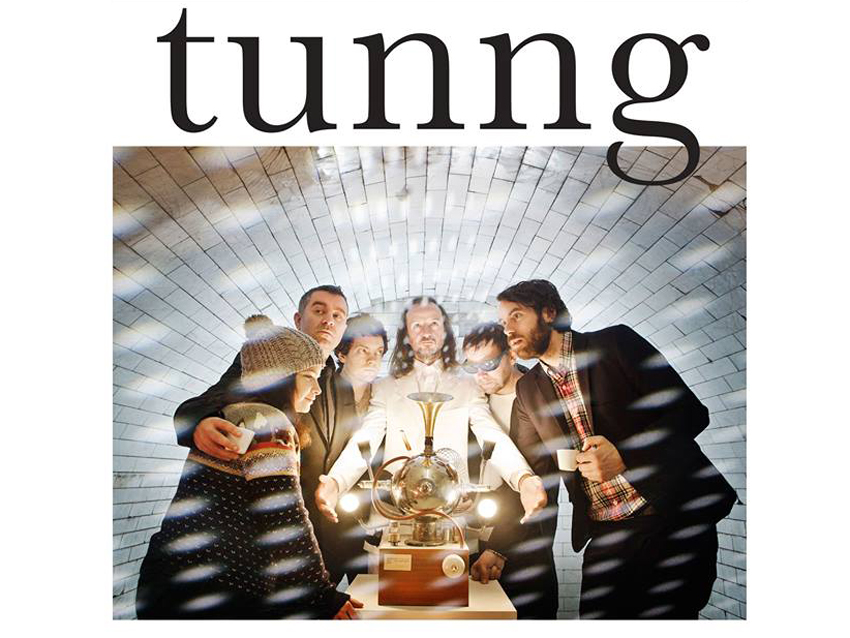
Ring in the changes
"There was a lot of editing [on this album]. The Village was the hardest one to get to a tune that we thought 'worked'.
"Then, right at the last minute, me and Phil decided to shunt all of the guitars to one beat later. It was really straight before and we moved it all and then we really loved the track. That only happened about two weeks before we started mixing.
"Things like that that you can only do once you've got so far with something. We'll try an experiment that is quite radical and will completely change the feel of everything."

Rein it in
"Ashley said to me after it was all done and out, 'To be honest, Mike. I feel this record is really only 73% finished.' There was an element of that. It could have gone on and on.
"You never really know when to call it. I don't know where it sits yet, but what I think is really nice is that we've done five albums and they've all got their own feel. As a collective, it feels like a really great body of work and it represents for us, personally, just such a brilliant adventure."

Matt is a freelance journalist who has spent the last decade interviewing musicians for the likes of Total Guitar, Guitarist, Guitar World, MusicRadar, NME.com, DJ Mag and Electronic Sound. In 2020, he launched CreativeMoney.co.uk, which aims to share the ideas that make creative lifestyles more sustainable. He plays guitar, but should not be allowed near your delay pedals.
"At first the tension was unbelievable. Johnny was really cold, Dee Dee was OK but Joey was a sweetheart": The story of the Ramones' recording of Baby I Love You
"Reggae is more freeform than the blues. But more important, reggae is for everyone": Bob Marley and the Wailers' Catch a Fire, track-by-track
"At first the tension was unbelievable. Johnny was really cold, Dee Dee was OK but Joey was a sweetheart": The story of the Ramones' recording of Baby I Love You
"Reggae is more freeform than the blues. But more important, reggae is for everyone": Bob Marley and the Wailers' Catch a Fire, track-by-track









